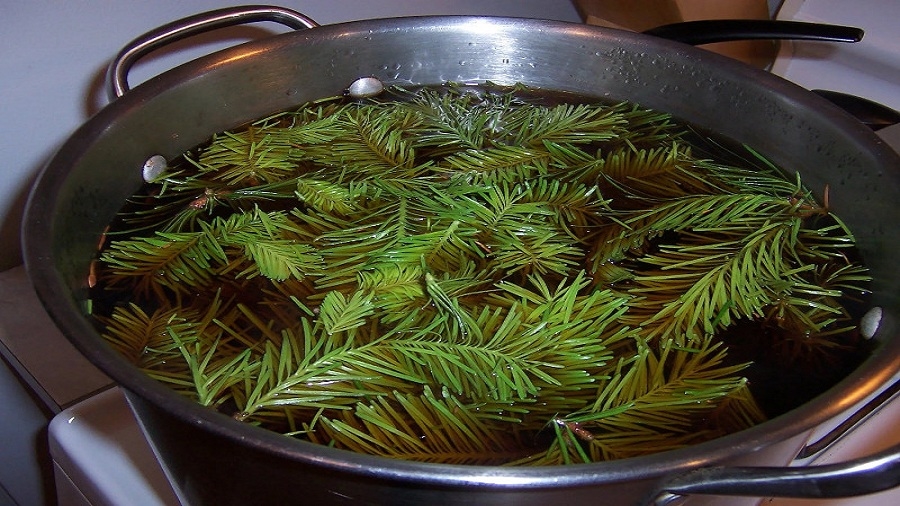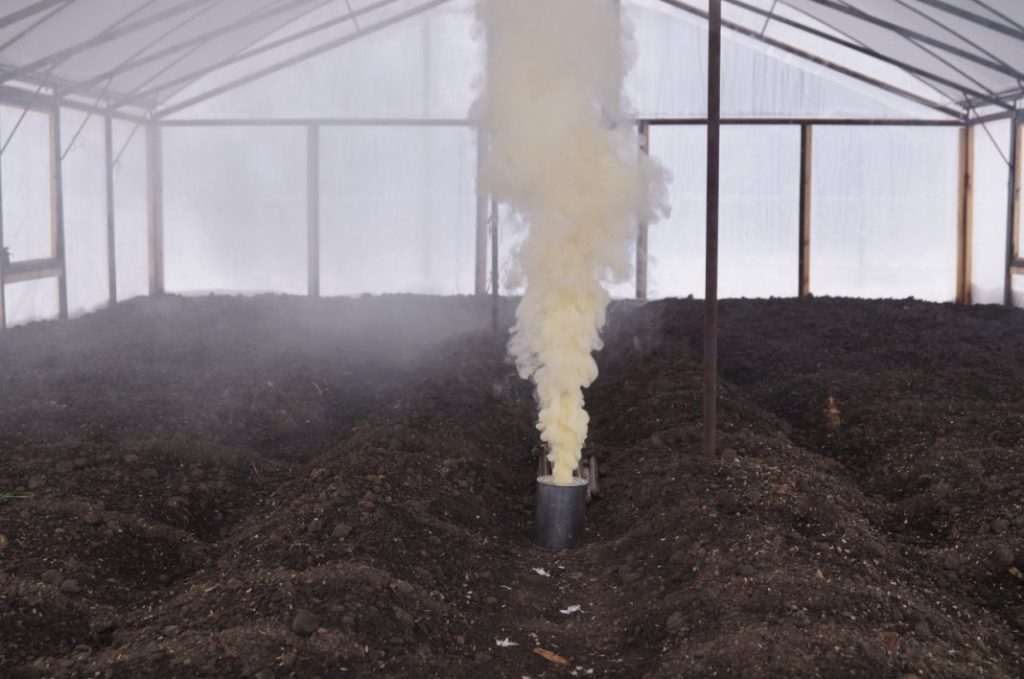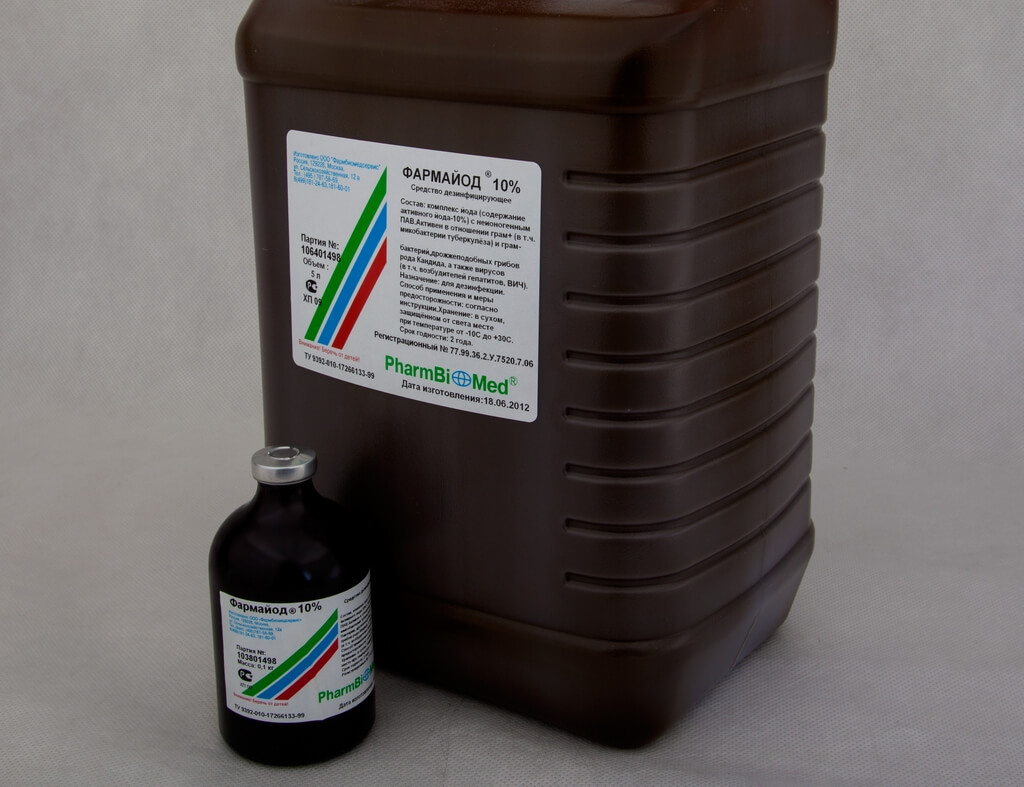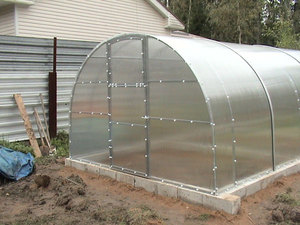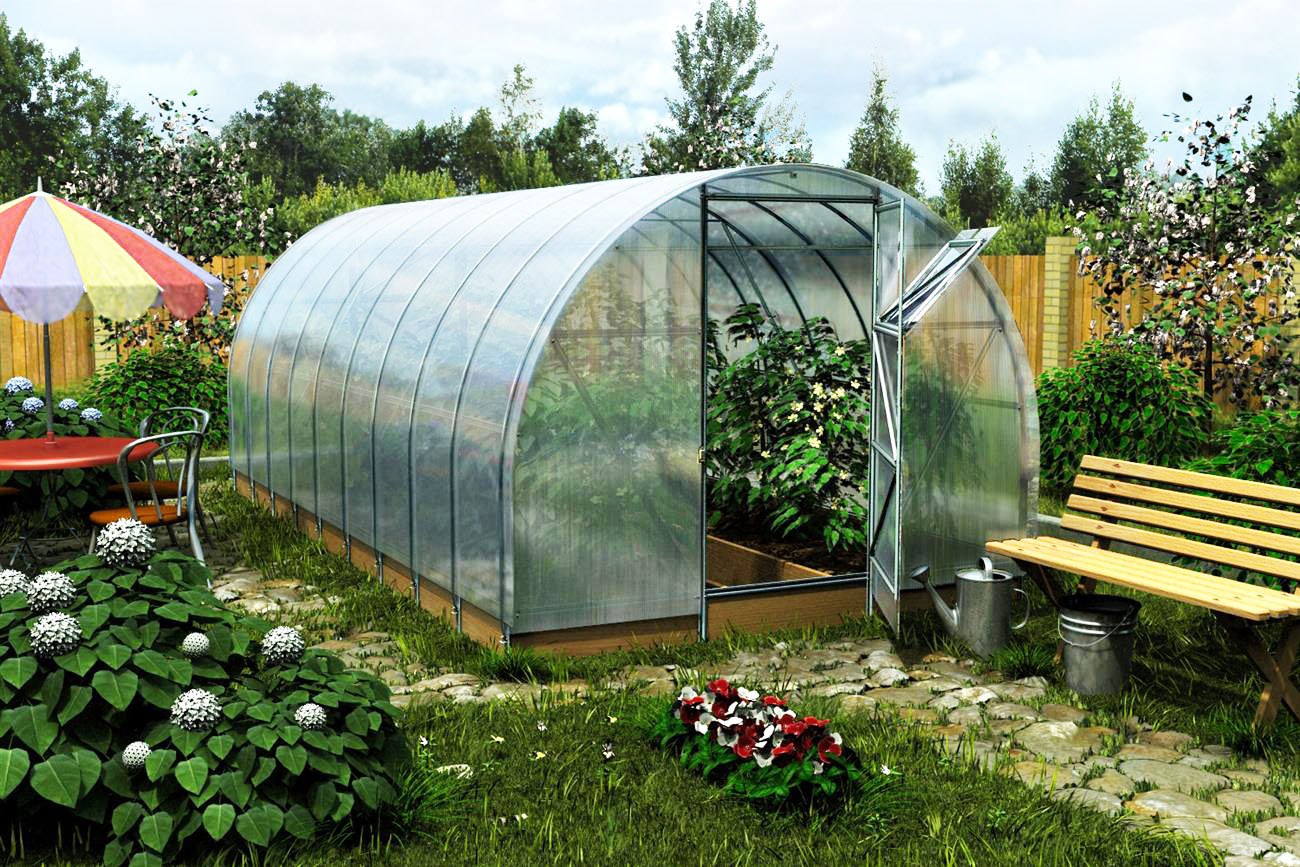In greenhouses used for the cultivation of cultivated plants, favorable conditions are created for the growth of harmful organisms, pathogens of infectious diseases, fungi and mold spores. Before the start of the spring sowing season, it is recommended to decontaminate greenhouse structures and soil. Treating the greenhouse in spring is an important prerequisite for growing and producing a healthy crop.
Pests and diseases
It is necessary to treat the greenhouse with disinfectants for sanitary reasons. Pests and diseases will affect the plants planted in the new season, if the soil, frame, and coating are not disinfected. After treatment, the plants will be protected from:
- whitefly;
- spider mite;
- peronosporosis;
- cladosporiosis;
- black midge;
- aphids;
- phytophthora.
However, greenhouse treatments may be useless when killing spider mites that attack cucumber leaves.
Types of greenhouse coatings and their treatment
Three types of coatings are produced for greenhouses. They are made from:
- polycarbonate;
- glass;
- plastic film.
Gardeners say that it is necessary to disinfect any kind of greenhouse in the fall. But it is advisable to process the greenhouse in spring in February - March, when the seedlings in pots begin to sprout.
Natural remedies
Natural remedies are recommended for seedbed preparation. They actively suppress the pathogenic microflora.
Coniferous broth
Fill half of the bucket with pine branches, pour hot water for infusion for 3-5 hours. You can boil them for half an hour. The tool is effective for fungal infection and late blight, the destruction of aphids. Prepare and spray with a spray bottle on the soil before sowing.
Laundry soap
Greenhouse processing in spring is also carried out with household soap 72%. You need to grate it, transfer the shavings into warm water, dissolve it completely. Enough 10-15 g per 1 liter of liquid. The composition must be applied to all surfaces of the greenhouse, metal structures for 2-3 hours, rinsed with clean water. It should not fall on fertile soil. If this happens, then the soil in these places should be spilled with hot water and covered with a film.
Chemicals
It is advisable to use them in the autumn, after a fully harvested crop. At the same time, they are suitable for processing the frame of the greenhouse and soil, and experienced gardeners often use them in the spring to destroy the fungus and larvae of dangerous insects.
Sulfur checker
Just two treatments of a greenhouse of any kind are enough to destroy the larvae of pests and infections. The sulfur stick kills:
- viruses;
- bacteria;
- fungi;
- insects.
It is produced in the form of tablets equipped with a wick. Standard packaging contains 6 pieces, weighs 300 g. For 1 cu. m it is enough to take 50–70 g of the product.
The required number of tablets is placed in a container, the wick is set on fire and left to smolder in the greenhouse. The room must be tightly closed. Fumigation is carried out 15 days before planting seedlings of any culture at an air temperature of at least 12⁰С. The soil must be dry to a depth of 10 cm.
The tool has one serious drawback: both harmful microorganisms and beneficial microflora die. The checker is not suitable for polycarbonate coating and metal structures, which will become covered with corrosion.
Copper sulfate
It is indicated for killing spider mites, but is also effective for:
- rot;
- olive spot;
- septoria;
- powdery mildew.
It is enough to dilute 150 g in 10 liters of water. The cultivation of the soil and greenhouse structures is carried out 30 days before planting.
Potassium permanganate
To prepare a solution, 5 g of crystals are enough for 8-9 liters of warm water. All parts of the greenhouse are treated with a rag or spray gun. Repeat the work 1-2 more times with an interval of 7-10 days.
Pharmayod
A universal drug that effectively fights fungi, viral and bacterial infections, destroys harmful insects. The liquid product is packaged in bottles or cans.
Processing of polycarbonate and construction is carried out using a spray gun. To disinfect the soil, take 10 ml of the product per 1 liter of water and shake it thoroughly, since the preparation is very thick. For 1 sq. m it is required to pour at least 2 liters of water from the watering can. The tool is processed:
- polycarbonate;
- constructions;
- soil;
- wooden borders of the beds.
The treated greenhouse should be sealed and left for 4 days. On the fifth day, she will be ready for the sowing season.
If Pharmayod enters the human body, it can lead to serious consequences. It is necessary to prepare protective equipment (gloves, respirator, goggles).
Karbofos
Malathion is the active ingredient of the drug. The tool destroys most pests and comes in various forms. From the drug die:
- scabbards;
- sawflies;
- mealybug;
- aphid;
- spider mite;
- thrips;
- weevils.
The tool is highly toxic, therefore it requires special rules for use. Only two treatments can be carried out per season. To prepare the solution, the agent should be dissolved in water at room temperature. Enough 50-60 g per 10 liters of water. This solution is enough to spray 10 sq. m.
Disinfection of the greenhouse frame and covering material in spring is very important to obtain a bountiful harvest. It is necessary to choose a method of sanitization taking into account the current situation and your capabilities.
